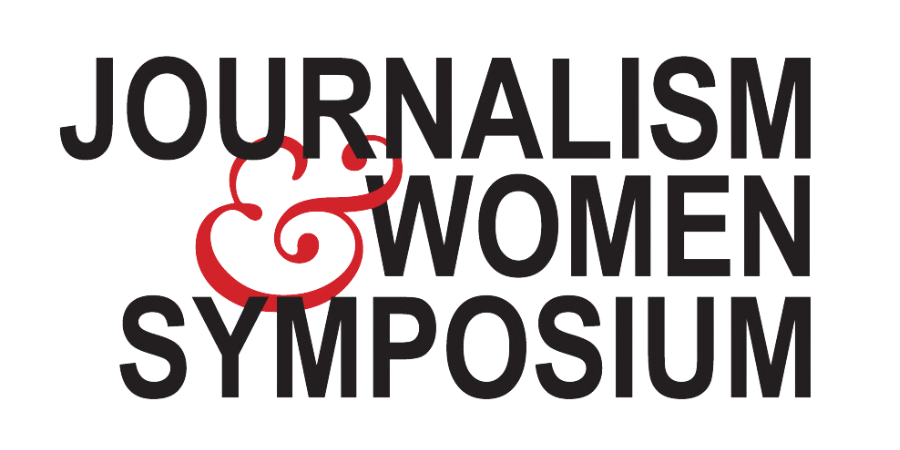CAMP 2018: To Podcast or Not to Podcast Tip Sheet
By Ariel Worthy
Presenter
Amy Westervelt, co-founder of Critical Frequency podcast network (@amywestervelt)
The lead
About 44 percent of Americans have listened to podcasts. That number is growing every year. In fact, most podcast listenership comes from women.
The Top Five Takeaways
1. Reasons you should podcast:
The audience of a podcast is much more enthusiastic and more engaged than the audience of a writer.
Only 10% of podcast listeners skip ads, which is why a lot more money is going toward podcasts.
If you have extra tape or reporting:
“If you’re a radio reporter and you know that you end up with extra tape on every story (you could start a podcast),” Westervelt said. “Even if you’re a print reporter you probably do more reporting than you need and might end up with some really interesting stories that aren’t making it into the stories you’re writing but would make an interesting series.”
You have a story or idea that won’t leave you alone.
It’s the perfect complement to another story or project.
2. Reasons you shouldn’t start a podcast
To make ad money.
There are people who are doing one-to-one relationships with brands that want to do something with podcasting. But overall, it is not a reason to start a podcast.
“Everyone needs a podcast.”
Not everyone needs a podcast.
“(A podcast) doesn’t need to be part of your brand extension,” Westervelt said. “This gets talked about and suggested a lot and while the market might not be at saturation it’s definitely full and there’s no need for extra podcasts that are just a marketing vehicle.”
3. How to do a podcast
DIY
Do-it-yourself is best if you have skills in audio.
“I highly recommend against doing it yourself if you’ve never done audio,” Westervelt said.
Work with a producer
There are lots of producers of different types and ranges.
“I have one producer I work with on really complicated stuff that has a lot of field sound and mixing … then I have a guy who’s great at just basic sound engineering and mixing, so if it’s a studio interview and there’s not much that needs to be done, he’s my go-to guy.”
A good way to find a producer is to find shows that you like and “contact the producer or the person making the show and ask if their producer is on staff or freelance,” Westervelt said. “You can also go to AIR – Association of Independents in Radio – go to (airmedia.org) and they have a comprehensive directory of independent producers.”
Pitch it to a network.
Bigger networks want most people to have a big audience established already, but if you have an audience in another realm that they think can move over to podcasts, you may be able to get past that audience size issue.
Look for pitch contests from networks like Spotify, Stitcher Radio, Radiotopia and Gimlet Media. They may provide a certain amount of production help and editorial input.
Sometimes with networks you give up some freedom. You use their producers and team, which may be tailored differently.
4. What you will need
Concept - what makes your idea unique?
Format - interview, studio, field, narrative
Graphics and music
Tape
Scripting
Host tracks
Production. It’s best to have at least a few episodes in the can pre-launch.
A trailer. A three-minute trailer is usually enough.
Distribution/feed hosting
Launch plan & release schedule
5. Routes to go for podcasting
Gimlet
Radiotopia
Crooked Media
Platforms: Spotify, Stitcher
NPR
Pitch an episode to an existing podcast
Pitch a story to an NPR show
Start collecting tape, sit on it until you know what to do with it
Find a partner in crime
The Surprise
About 124 million people have listen to podcasts.
Only 10% of podcast listeners have ever skipped an ad.
About 73 million people listen to podcasts regularly.
Audience sizes for popular podcasts range from 80,000 to 1.5 million listeners per episode, rivaling primetime cable news.
The Resources
Use equipment like Zoom, Tascam, Marantz for mics and recording.
Go to www.transom.org for reviews on equipment.

